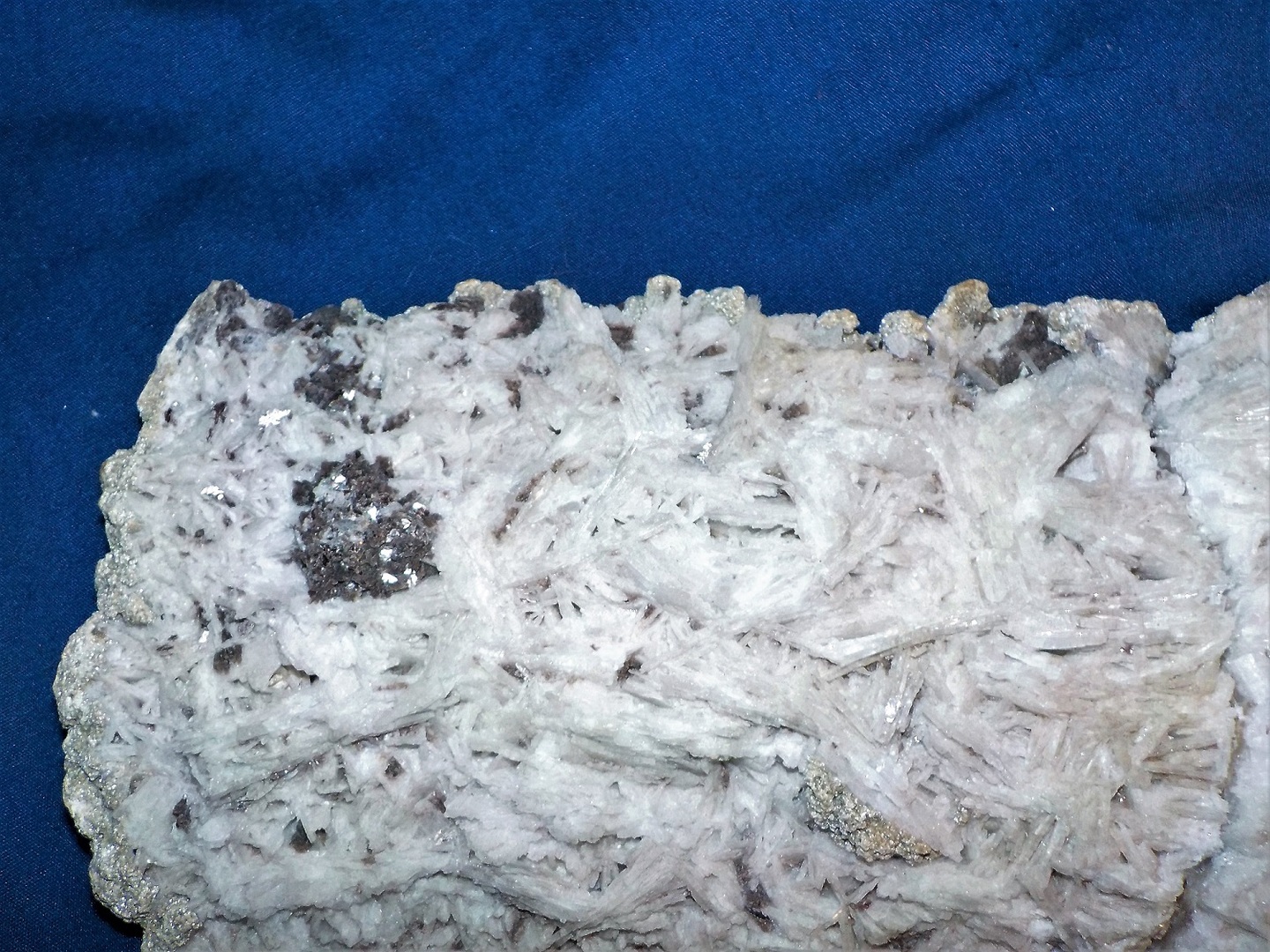Home PageAbout MindatThe Mindat ManualHistory of MindatCopyright StatusWho We AreContact UsAdvertise on Mindat
Donate to MindatCorporate SponsorshipSponsor a PageSponsored PagesMindat AdvertisersAdvertise on Mindat
Learning CenterWhat is a mineral?The most common minerals on earthInformation for EducatorsMindat ArticlesThe ElementsThe Rock H. Currier Digital LibraryGeologic Time
Minerals by PropertiesMinerals by ChemistryAdvanced Locality SearchRandom MineralRandom LocalitySearch by minIDLocalities Near MeSearch ArticlesSearch GlossaryMore Search Options
The Mindat ManualAdd a New PhotoRate PhotosLocality Edit ReportCoordinate Completion ReportAdd Glossary Item
Mining CompaniesStatisticsUsersMineral MuseumsClubs & OrganizationsMineral Shows & EventsThe Mindat DirectoryDevice SettingsThe Mineral Quiz
Photo SearchPhoto GalleriesSearch by ColorNew Photos TodayNew Photos YesterdayMembers' Photo GalleriesPast Photo of the Day GalleryPhotography
╳Discussions
💬 Home🔎 Search📅 LatestGroups
EducationOpen discussion area.Fakes & FraudsOpen discussion area.Field CollectingOpen discussion area.FossilsOpen discussion area.Gems and GemologyOpen discussion area.GeneralOpen discussion area.How to ContributeOpen discussion area.Identity HelpOpen discussion area.Improving Mindat.orgOpen discussion area.LocalitiesOpen discussion area.Lost and Stolen SpecimensOpen discussion area.MarketplaceOpen discussion area.MeteoritesOpen discussion area.Mindat ProductsOpen discussion area.Mineral ExchangesOpen discussion area.Mineral PhotographyOpen discussion area.Mineral ShowsOpen discussion area.Mineralogical ClassificationOpen discussion area.Mineralogy CourseOpen discussion area.MineralsOpen discussion area.Minerals and MuseumsOpen discussion area.PhotosOpen discussion area.Techniques for CollectorsOpen discussion area.The Rock H. Currier Digital LibraryOpen discussion area.UV MineralsOpen discussion area.Recent Images in Discussions
Identity HelpNot something I have seen previously

23rd Aug 2017 03:59 UTCnewcollect
Thanks for any help!
newcollect
23rd Aug 2017 06:00 UTCKevin Conroy Manager

23rd Aug 2017 06:52 UTCnewcollect
23rd Aug 2017 11:50 UTCReiner Mielke Expert

23rd Aug 2017 18:39 UTCnewcollect
23rd Aug 2017 18:54 UTCUwe Kolitsch Manager

23rd Aug 2017 19:18 UTCBob Harman
Having to hazard a guess, I might think it is a part of demolished road/bridge type infrastructure or an old demolished house or commercial building and been decomposing (and maybe (recrystallizing) in a landfill for the past 50+ years. CHEERS.....BOB

24th Aug 2017 00:40 UTCWayne Corwin
lets see the cross sections

24th Aug 2017 01:48 UTCStephen Turner
It also looks like the bladed carbonate + sulphides which result from flash boiling in geothermal plants and coats (and occasionally blocks) the back pressure plates. Such material is hard to get and can contain spectacular gold and silver values, as at Wairakei in New Zealand. If your specimen is curved in profile, like Kevin suggested, then this could be a possibility.
Either way I think you have some nice material and a good example of bladed textures, which geologists working in epithermal Au-Ag deposits commonly call 'boiling textures'.
24th Aug 2017 03:06 UTCMatt Neuzil Expert
You mention you acquired the piece. Who gave it to you or sold it? They had no information for it? They gave no verbal insight as to what it was?
To me it looks odd. The backside looks sandy. It is odd looking and nothing like anything I have seen. Something resembling quartz seems fragmented and angular not euhedral. I don't have any offering as what this could be outside of something man-made as if this was in some sort of tank or container and crystallized as the solution evaporated.
To me it seems poorly repaired. The glue reminds me of dried school glue. With such a large piece I suppose you would need to be skilled in repair? I think to possibly get a definitive answer about your mystery piece you'd have to break off some of the crystal and run tests on the piece.
24th Aug 2017 03:25 UTCDana Slaughter 🌟 Expert

24th Aug 2017 06:05 UTCStephen Turner
24th Aug 2017 08:11 UTCIan Nicastro

24th Aug 2017 19:50 UTCnewcollect

24th Aug 2017 21:24 UTCnewcollect

24th Aug 2017 21:54 UTCBob Harman
24th Aug 2017 23:24 UTCIan Nicastro
25th Aug 2017 04:32 UTCDana Slaughter 🌟 Expert
Thanks for posting, welcome to the hobby and to mindat.org and follow your own interests and likes! Personally, I love Feldspar Group minerals and feel that they are woefully under-appreciated and under-valued in good specimens.




Mindat.org is an outreach project of the Hudson Institute of Mineralogy, a 501(c)(3) not-for-profit organization.
Copyright © mindat.org and the Hudson Institute of Mineralogy 1993-2024, except where stated. Most political location boundaries are © OpenStreetMap contributors. Mindat.org relies on the contributions of thousands of members and supporters. Founded in 2000 by Jolyon Ralph.
Privacy Policy - Terms & Conditions - Contact Us / DMCA issues - Report a bug/vulnerability Current server date and time: April 19, 2024 16:32:31
Copyright © mindat.org and the Hudson Institute of Mineralogy 1993-2024, except where stated. Most political location boundaries are © OpenStreetMap contributors. Mindat.org relies on the contributions of thousands of members and supporters. Founded in 2000 by Jolyon Ralph.
Privacy Policy - Terms & Conditions - Contact Us / DMCA issues - Report a bug/vulnerability Current server date and time: April 19, 2024 16:32:31
















